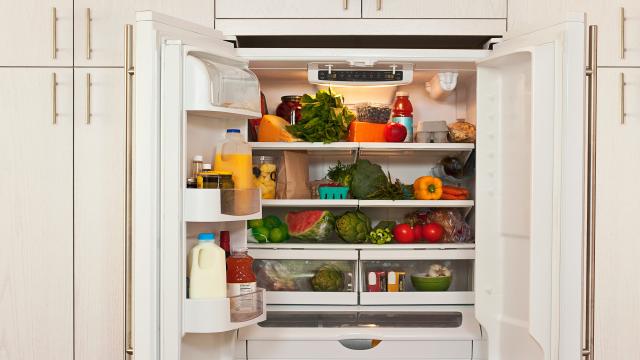If you’re looking for a way to support your community in these pandemic times — or if you have the luxury of having extra grocery money or leftover fruits, veggies and other ingredients that you don’t want to go bad — put them to good use by starting a free-for-all “Friendly Fridge” in your neighbourhood (the h/t for this idea goes to Morning Brew editor Dan McCarthy).
If you’re familiar with the Little Free Library network — those birdhouse-style book exchanges on footpaths and in yards that work on a take-one-leave-one ethos — then you already get the Friendly Fridge concept.
Community fridges likely originated in Germany a few years ago to provide food that would otherwise go to waste to people in need. Since then, volunteer-supported fridges (sometimes called “freedges”) have popped up in neighbourhoods all over the world, filled with donations from neighbours and perfectly good leftovers from restaurants. They’re a hyperlocal alternative to a food bank and a strategy for reducing food waste.
Community fridges are playing an especially important role right now, when many people are out of work and having to choose whether to spend their limited funds on meals or rent. Here are a few things you’ll need to start a freedge in your neighbourhood, courtesy of @thefriendlyfridge and Freedge.org:
A fridge (obviously)
Community fridges can be anything from a repurposed kitchen refrigerator to a large drink cooler. It’s suggested that you paint the fridge so it’s highly visible (think bright colours and murals) and clearly labelled as a free-for-all resource.
A power source
Your fridge has to be plugged in, so you’ll need an outdoor space that’s close to an outlet, either directly or via a heavy-duty extension cord. This can be a home or a business (or possibly a park, if there’s a public power source available).
Of course, electricity isn’t free — expect to pay about $200 per year (collect donations!) to run the fridge. Alternatively, Freedge.org has a guide providing solar power for your community fridge.
An accessible location
In addition to picking a place with power, it’s also important to select a location that’s easily accessible and high-traffic, but not blocking a footpath or road. The Friendly Fridge suggests street corners or gated yards that are open to all. Obviously you’ll want to clear it with the property owner first.
A food source
Freedges are commonly stocked by community donations bought specifically for the fridge, but you can also reach out to mutual aid networks as well as local restaurants, coffee shops, etc. to see if they’ll donate leftover food they’d otherwise toss. Remember, fridges don’t have to have prepared meals or a consistent stock list — random ingredients work just fine.
A volunteer host
Community fridges are supported by the community, but it’s best to have a few people to facilitate donations, ensure the fridge is stocked and handle outreach via social media. Friendly Fridge also suggests labelling food with dates and ingredients — a request you can make of donors but something that may need to be managed.
A set of rules
Food sharing isn’t necessarily without liability, and your city or state may have regulations you need to consider or permits you need to apply for.
Once you have your community fridge up and running, fill out this form to put it on the Freedge.org global map. And if you need some start-up cash for your fridge, Freedge.org also has a micro grant program — apply for a grant here.

Leave a Reply
You must be logged in to post a comment.